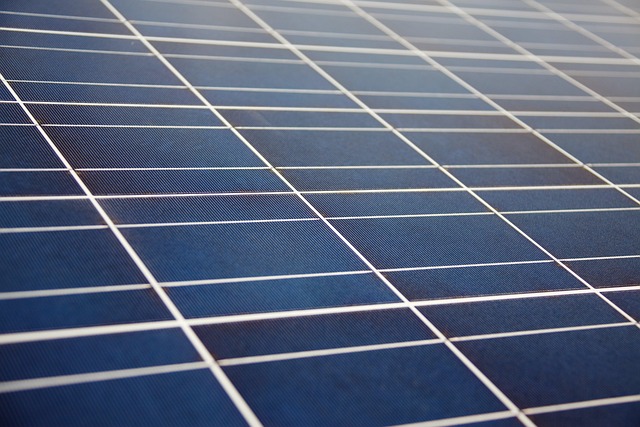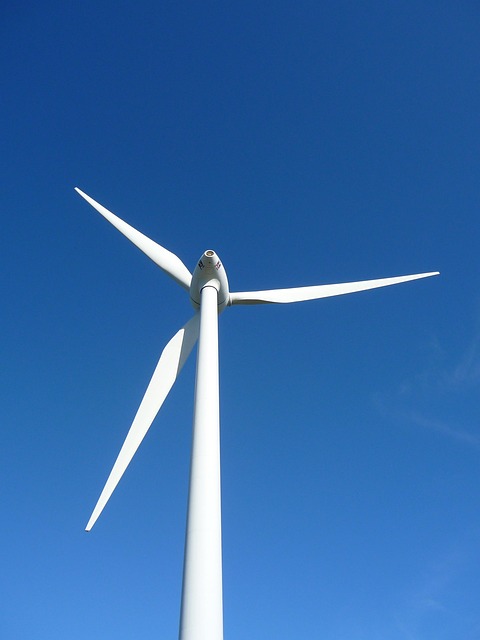
Harnessing the Power of Clean Energy: A Sustainable Future
The urgency of transitioning to clean energy has never been clearer. As the effects of climate change become increasingly pronounced, the need for sustainable alternatives to fossil fuels is paramount. This article delves into the various dimensions of clean energy, exploring its benefits, challenges, and the pathways towards a sustainable future. By understanding clean energy sources and their potential to combat environmental degradation, we can cultivate a world that prioritizes both ecological integrity and human prosperity.
Understanding Clean Energy
Clean energy refers to energy derived from renewable sources that produce little to no greenhouse gas emissions. Unlike traditional fossil fuels such as coal, oil, and natural gas, clean energy harnesses natural phenomena, offering an environmentally friendly alternative that significantly reduces our carbon footprint.
The main sources of clean energy include:
- Solar Energy: Power generated from sunlight using photovoltaic cells or solar thermal systems.
- Wind Energy: Energy produced by wind turbines that convert wind movement into electricity.
- Hydropower: Energy harnessed from the flow of water, typically via dams on rivers or through tidal energy systems.
- Geothermal Energy: Heat extracted from beneath the Earth’s surface, utilized for electricity generation and direct heating purposes.
- Biomass: Organic materials converted into energy, including plant materials and animal waste, which burn for power generation or are converted into biogas.
Benefits of Clean Energy
The transition to clean energy brings a multitude of benefits that extend far beyond mere environmental considerations. Among these advantages, we can highlight:
Environmental Protection
By switching to clean energy sources, we can significantly reduce greenhouse gas emissions. This decrease mitigates air pollution, thereby improving public health and protecting ecosystems. The reduction of acid rain and other environmental hazards leads to healthier wildlife and less biodiversity loss.
Energy Independence
Many countries depend heavily on imported fossil fuels, leaving them vulnerable to price volatility and geopolitical tensions. Clean energy, predominantly sourced locally, fosters energy independence, thus securing national energy supplies and stabilizing economies. This empowers nations to strategically invest in their energy future, minimizing reliance on foreign entities.
Job Creation
The clean energy sector is a rapidly growing field that presents opportunities for job creation across diverse areas, including research and development, manufacturing, installation, and maintenance. According to numerous studies, investment in renewable energy sources generates more employment opportunities than traditional fossil fuel production.
Long-term Cost Savings
While the initial cost of deploying clean energy technologies can be significant, the long-term savings are notable. Renewable energy sources, such as wind and solar, typically have low operational expenses and may incur minimal fuel costs after installation. This long-term price stability is a pivotal factor for energy consumers and businesses alike.
Challenges in Clean Energy Adoption
Infrastructure Constraints
Many regions lack the necessary infrastructure to support the deployment of clean energy sources. Upgrading or building new infrastructure, such as smart grids and energy storage systems, can require substantial investments and navigational regulatory hurdles.
Intermittency Issues
Some renewable energy sources, particularly solar and wind, are dependent on weather conditions. This intermittency can lead to challenges in ensuring a consistent energy supply. To combat this, advancements in energy storage technologies and grid management are vital to facilitate a smooth transition and reliability.
Financial Barriers
The upfront capital costs for clean energy technologies can be prohibitive, especially for developing countries. Access to financing, grants, and incentives can help offset these costs, but streamlined funding mechanisms remain crucial to support widespread adoption.
The Role of Policy and International Cooperation
Effective policy frameworks are instrumental in promoting clean energy. These policies may include tax incentives, subsidies for renewable energy projects, and regulations that limit carbon emissions. Governments play a pivotal role in establishing investor confidence, ensuring that both domestic and international enterprises are encouraged to participate in the clean energy sector.
Furthermore, international cooperation is essential in addressing global climate change. Collaborative efforts can lead to technology sharing and joint ventures that enhance knowledge and expand the clean energy market. Agreements like the Paris Agreement signify a collective commitment to reduce emissions and transition to sustainable energy systems on a global scale.
Innovative Technologies Enhancing Clean Energy
Technological advancements are key to maximizing the efficiency and viability of clean energy sources. Emerging solutions include:
Smart Grids
Smart grid technology utilizes advanced sensors and data analytics to optimize energy distribution and integrate renewable energy sources into existing infrastructure. This innovation helps balance supply and demand, leading to more efficient energy use.
Energy Storage Systems
Energy storage technologies, such as advanced batteries and pumped-storage hydropower, enhance the reliability of renewable energy by storing excess power for later use. These solutions help mitigate intermittency issues and ensure a consistent energy supply, regardless of weather conditions.
Hydrogen Fuel Cells
Hydrogen generated from renewable sources has the potential to serve as a clean fuel for various applications, including industrial processes and transportation. Fuel cells convert hydrogen into electricity, emitting only water vapor as a byproduct, thereby offering a promising avenue for vehicle electrification.
The Path Ahead: A Collective Responsibility
Transitioning to clean energy demands a multi-faceted approach that encompasses technological innovation, policy reform, and individual action. Governments, businesses, and citizens must collectively shoulder the responsibility of creating a sustainable energy future.
Individuals can contribute by making conscious decisions, such as reducing energy consumption, opting for renewable energy providers, and advocating for policies that promote clean energy investment. Elevating awareness of sustainability issues is crucial; individuals can be meaningful agents for change through grassroots movements, community solar projects, and supporting local clean energy initiatives.
Conclusion
The shift to clean energy represents an unprecedented opportunity to reshape our global landscape. By harnessing the power of renewable sources, we can initiate a profound transformation that mitigates climate change and promotes a sustainable future. While significant challenges remain, innovation, commitment, and collaboration can pave the way forward. Together, we can create a world where clean energy is the bedrock of economic stability and environmental resilience.


